Search
Program
America’s Ecosystem Restoration Initiative
Intended to streamline grant funding opportunities for voluntary conservation and restoration projects around the United States, the America’s Ecosystem Restoration Initiative consolidates funding from multiple federal agencies and the private sector to enable applicants to develop and implement projects that address shared funder priorities and span public, private, and Tribal lands.Image
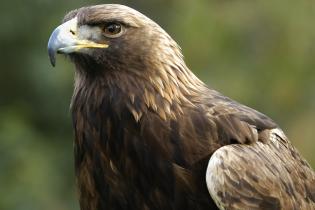
Program
Guam Habitat Conservation Initiative
The Guam Habitat Conservation Initiative aims to protect, restore, and enhance targeted native limestone forest, ravine forest, and savanna habitats to support conservation and recovery of federally listed and at-risk species. Through a cooperative partnership under the Department of Defense (DoD) Readiness and Environmental Protection Integration (REPI) Program, Joint Region Marianas, and the National Fish and Wildlife Foundation (NFWF), in collaboration with Guam Department of Agriculture (DOAG), the U.S. Fish and Wildlife Service (USFWS), and other partners, this program will support strategies developed through the Program’s five-year implementation plan to improve baseline conditions of native forest and habitat health.Image
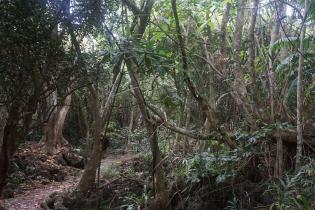
Program
Southwest Rivers Headwaters Fund
The Southwest Rivers Headwaters Fund is dedicated to restoring, protecting, and enhancing aquatic and riparian species and their habitats in the headwaters of the Rio Grande and Colorado River watersheds.Image
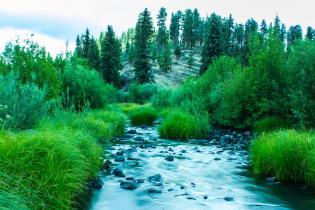
Program
Colorado and Utah Lands with Wilderness Characteristics and Greater Sage-Grouse Funds
The Colorado and Utah Greater Sage-Grouse Funds will support projects such as fee title and conservation easement acquisitions, sagebrush restoration and habitat improvement, and juniper / conifer removal. The Colorado and Utah Lands with Wilderness Characteristics Funds will support projects such as restoration, reclamation, and enhancement of certain lands; fee title and conservation easement acquisitions; and public outreach, education, and interpretation. Funding awards will be made by the National Fish and Wildlife Foundation (“NFWF”) to selected applicants for implementation of mitigation projects that best satisfy the evaluation criteria, as verified and approved by the United States Bureau of Land Management (“BLM”).Image
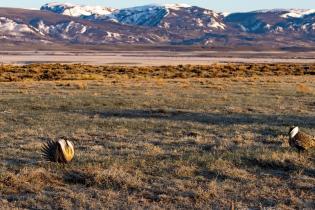
Program
Farmers for Soil Health
In partnership with the Farmers for Soil Health collaboration and with pending support from the U.S. Department of Agriculture’s Partnerships for Climate Smart Commodities, the National Fish and Wildlife Foundation (NFWF) anticipates awarding competitive grants to accelerate the voluntary adoption of cover crops on corn and soybean farms in 20 states.Image
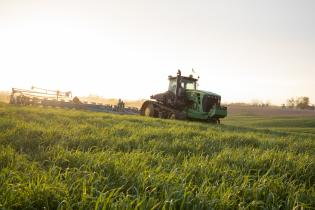
Program
Shasta Valley Regional Conservation Partnership Program
The Shasta Valley Regional Conservation Partnership Program (Shasta Valley Program) advances the recovery of the Southern Oregon/Northern California Coast (SONCC) coho salmon (Oncorhynchus kisutch), a species listed as “threatened” under to the Federal Endangered Species Act, throughout the Shasta River watershed while building drought resilience among agricultural producers in the Shasta Valley.Image
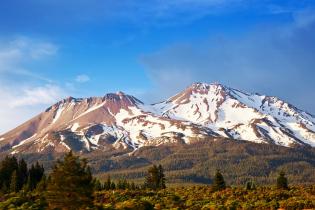
Program
Chesapeake Small Watershed Grants
The Small Watershed Grants (SWG) Program, delivered in partnership with EPA and the Chesapeake Bay Program partnership promotes voluntary, community-based efforts to protect and restore the diverse and vital habitats of the Chesapeake Bay and its tributary rivers and streams.Image
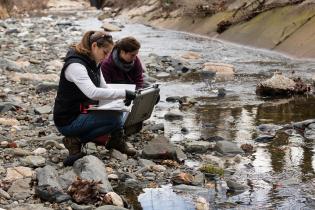
Program
Innovative Nutrient and Sediment Reduction Grants
The Innovative Nutrient and Sediment Reduction Program will catalyze, strengthen and mature regional-scale partnerships based on evidence that collaboratives of this scale are effective mechanisms for achieving and sustaining water quality improvements by inspiring engagement, improving capacity and advancing impact over time.Image
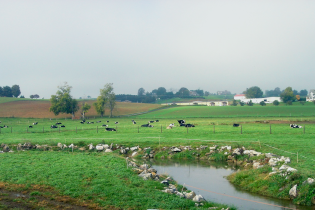
Program
Chesapeake WILD
The Chesapeake Watershed Investments for Landscape Defense (WILD) Grants Program delivered in partnership with the U.S. Fish and Wildlife Service supports efforts to improve the condition and connectivity of habitats for at risk and federally listed species.Image

Program
Pennsylvania Most Effective Basins
The intent of the Pennsylvania Most Effective Basins program is to assist the Commonwealth of Pennsylvania in achieving its 2025 water quality goals for the agricultural sector under the Chesapeake Bay Total Maximum Daily Load (TMDL) and Pennsylvania’s Phase III Watershed Implementation Plan (WIP).Image
